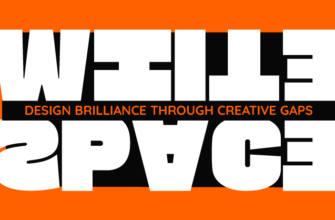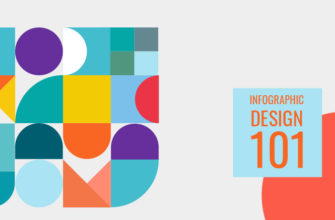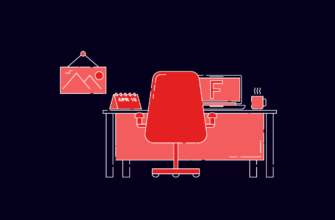We are living in an era where devices are getting more ubiquitous, smaller, more portable, and ever smarter. The golden age of perusing through the morning paper with a steaming cup of tea, waiting hours on end for a Television show, excitedly accumulating hordes of flyers from nearby stores in case you need to find them someday, and impatiently anticipating the next week’s issue of your favorite magazine to fill up on what the world came to in the last week, is soon becoming a ghost of a regal past. However, even in a time when Email signatures have replaced business cards, YouTube and Netflix have rendered TV obsolete, and billboards have paved way for Web banners, a vestige of the print media still lingers on with us to cherish and capitalize on.
As we set to analyze how far we have come in the last decade, and trust us that debate could fuel an entire blog of its own, we couldn’t help but focus specifically on the world of branding. Tables have turned over in that horizon, with things slowly creeping their way towards the technology end of the spectrum. With investment newsletters, banners, social media marketing, Email signatures, EBooks, web banners, and websites taking the place of Business cards, postcards, brochures, Billboards, flyers, and magazines, one thing has stood the test of time; the use of a business logo to represent the face of a business. The rest has altered manifolds; both the means of branding and their methodologies.
In a previous infographhic we discussed raster vs. vector graphics, now we aim to recognize the difference between traditional print media and its more contemporary, burgeoning counterpart, and decide what sets them apart in the design jargon:
Icons: Flaticon





Good Work Evan, I appreciate your research work for submitting such information as it is so useful for the designers. Keep sharing
Thank you so much John Cooper. Stay tuned.
Nice breakdown. Really makes it easier to read and digest. I have never really looked into web design before so its interesting reading through this article. Thanks for sharing.
Very great post. You shared the differences between print design and web design. Thank you for sharing useful information with us.